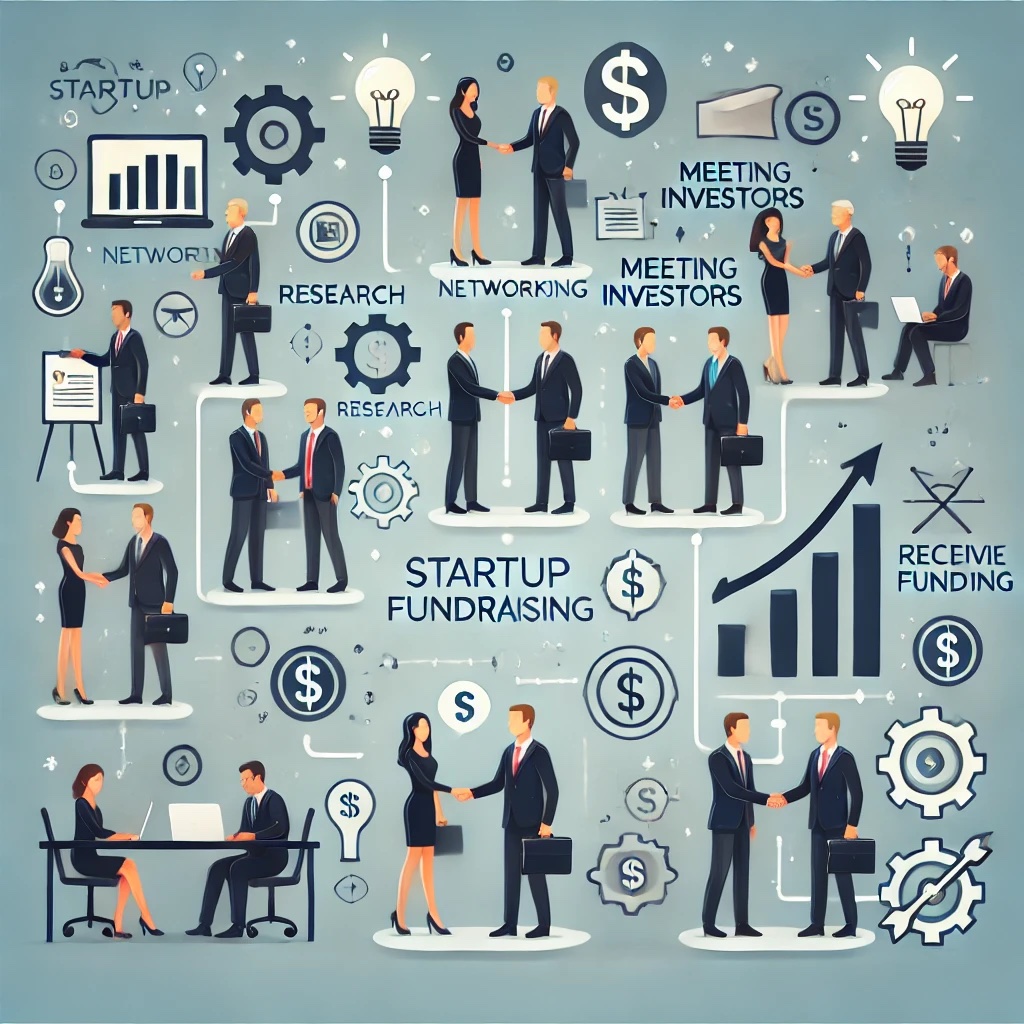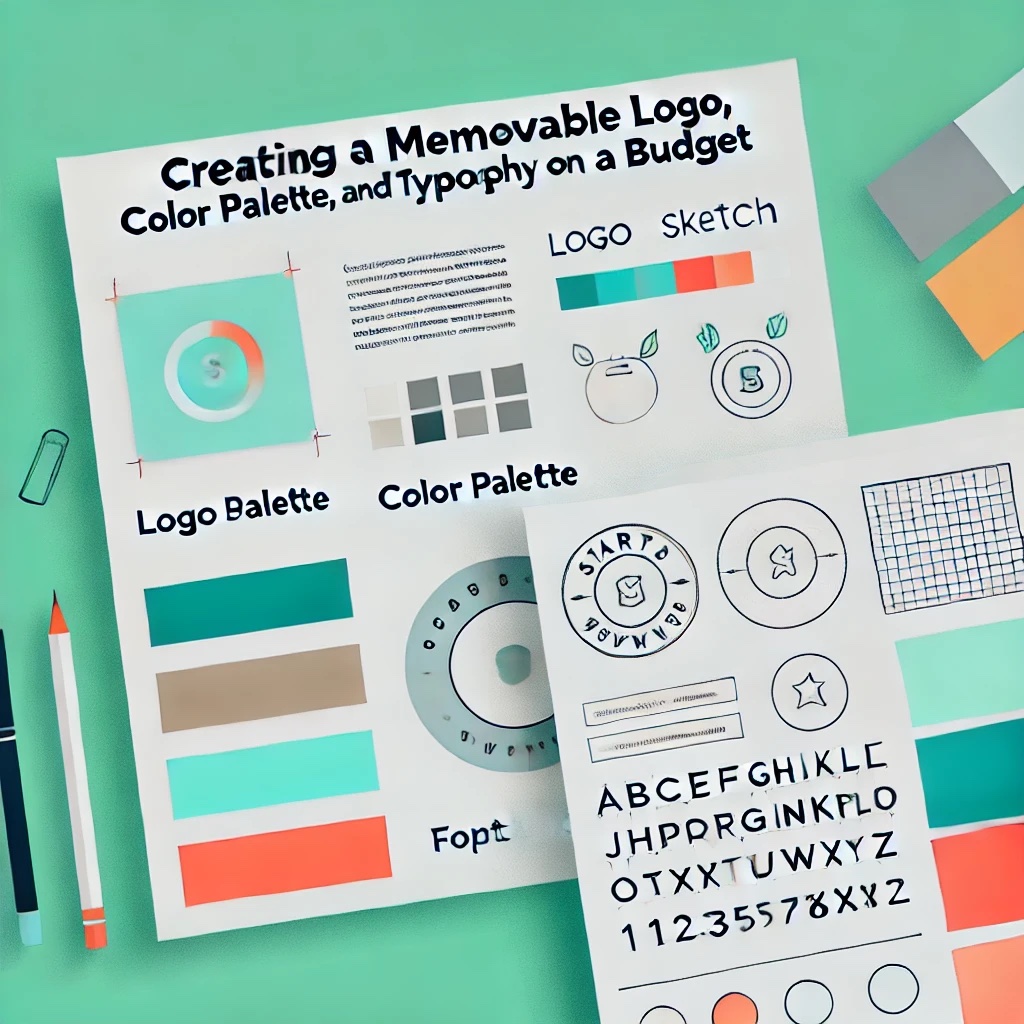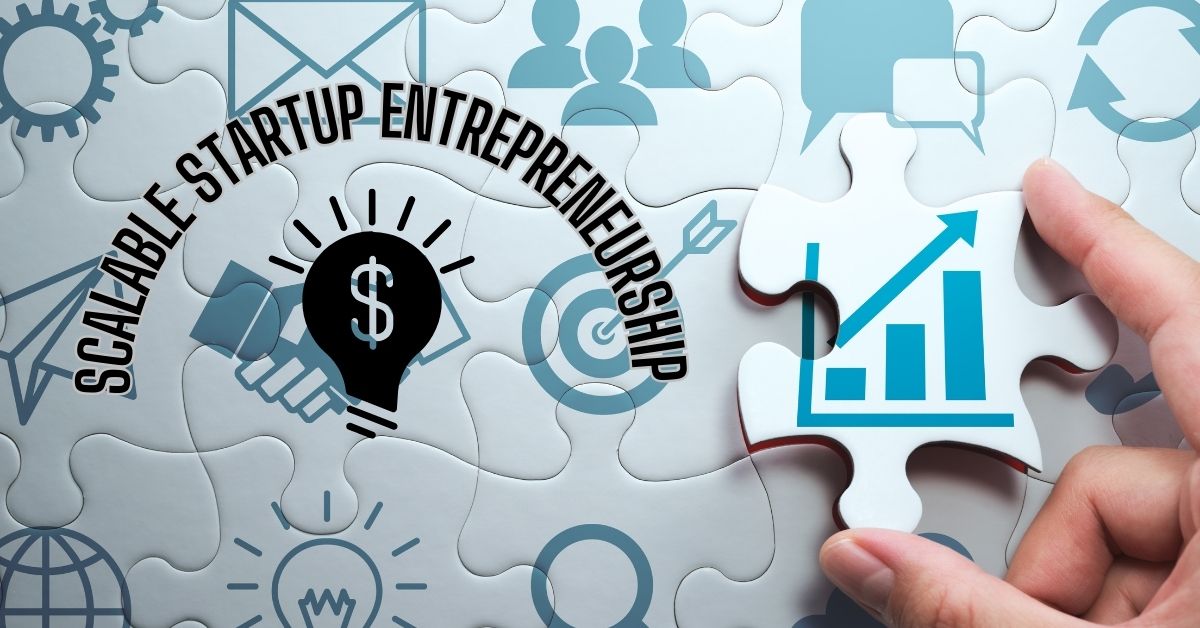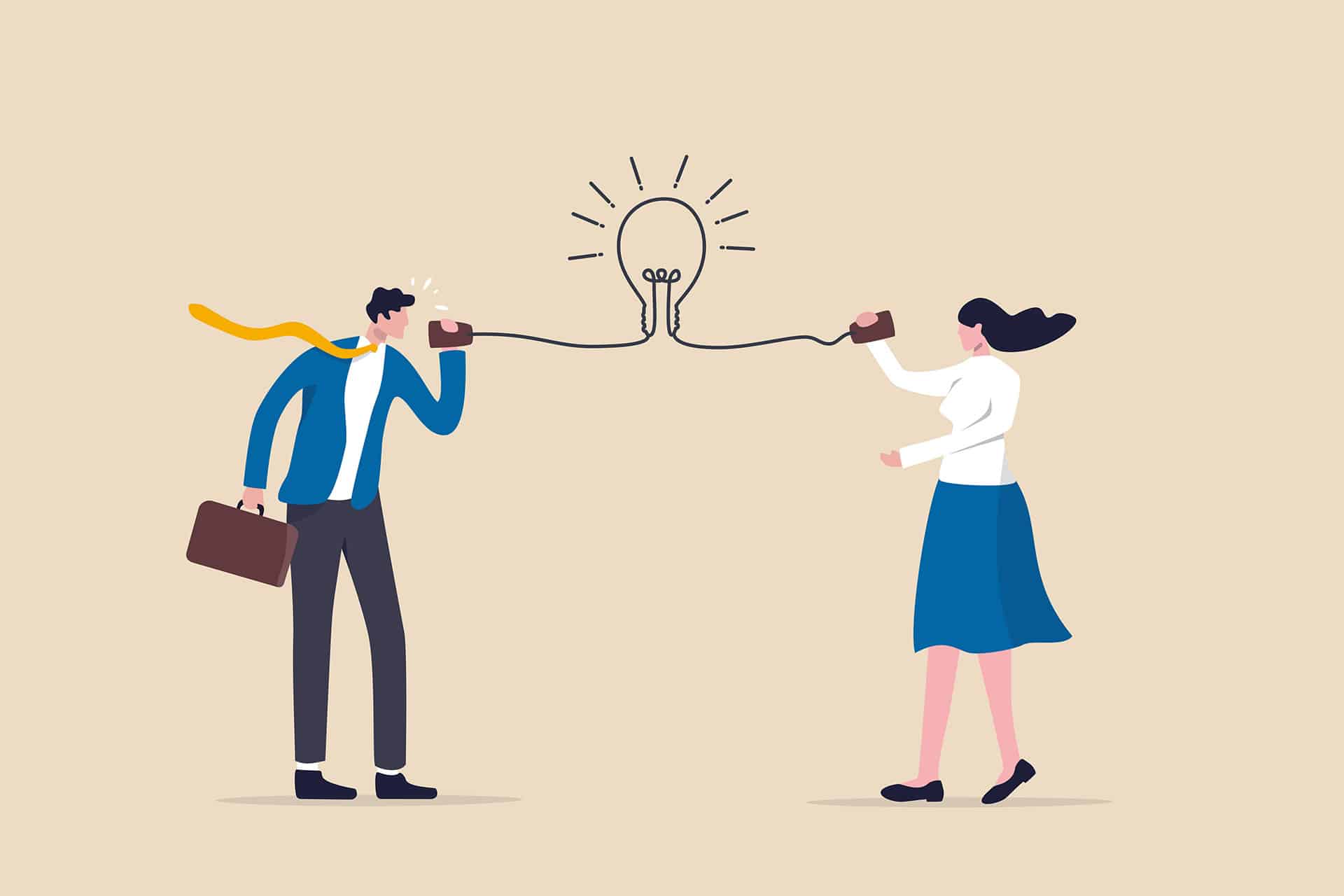Articles Description
In the world of startups, the ability to generate creative and innovative ideas is a critical skill. However, coming up with game-changing ideas doesn’t always happen spontaneously. That’s where structured brainstorming techniques come in. Brainstorming helps founders explore different solutions to a problem, allowing them to discover innovative ways to tackle real-world challenges. This article will guide you through effective brainstorming methods and provide practical tips for idea-stage startups to generate creative, actionable ideas that solve real problems.
Why Brainstorming Matters for Startups
At the idea stage, startups often face the challenge of finding innovative solutions to common problems. Whether you're looking to disrupt a traditional industry or create a new market, brainstorming provides a structured way to:
-
Explore a wide range of ideas.
-
Encourage creative, out-of-the-box thinking.
-
Discover new angles or approaches to problem-solving.
-
Foster team collaboration and collective creativity.
Startups that use brainstorming to harness collective intelligence can often find hidden opportunities and validate multiple solutions before selecting the most viable one.
Key Brainstorming Techniques for Startups
-
SCAMPER: Structured Creative Thinking SCAMPER is a versatile brainstorming technique that encourages participants to look at a problem from different angles. The acronym stands for:
-
Substitute: What elements of your product or service can you replace or change to create a new solution?
-
Combine: Can you combine two or more elements of your idea to create something unique?
-
Adapt: How can you adapt your idea to serve a different purpose or solve another problem?
-
Modify: Can you modify or magnify certain features to enhance your solution?
-
Put to other use: Can your product be repurposed to solve a different problem?
-
Eliminate: What unnecessary components can you remove to simplify your solution?
-
Reverse: What happens if you reverse the process or outcome? Can this lead to an innovative idea?
-
Example: Imagine you're brainstorming how to improve urban transportation. Using SCAMPER, you might explore how existing ride-sharing services could be combined with public transportation systems (combine) or how you could substitute the traditional vehicle with electric scooters (substitute).
-
Mind Mapping: Visual Idea Generation Mind mapping is a great technique for visually organizing ideas around a central theme or problem. This method encourages participants to explore sub-ideas and connections in a non-linear way.
How to Use It:
-
Start by writing the central problem or challenge in the middle of the page.
-
Branch out with key ideas related to the problem.
-
Further branch out to explore sub-ideas, categories, or related concepts.
Example: If the problem is "improving online learning," your mind map might have branches like "interactive content," "peer collaboration," "mobile accessibility," etc. Each branch can further expand into specific solutions such as "video-based tutorials" or "real-time quizzes."
-
Crazy 8s: Rapid Idea Generation Crazy 8s is a fast-paced brainstorming technique that pushes participants to generate eight different ideas in just eight minutes. It’s a powerful way to spark creativity and force quick thinking.
How to Use It:
-
Fold a sheet of paper into eight sections.
-
Set a timer for eight minutes.
-
Challenge yourself to fill each section with a unique idea related to the problem you're solving.
-
Don't worry about perfection—focus on getting ideas down as quickly as possible.
Example: For a startup working on improving customer engagement for an e-commerce platform, Crazy 8s might generate ideas like personalized shopping suggestions, a rewards program, user-generated content, and virtual try-on features. Afterward, you can refine or combine the best ideas.
-
The "How Might We" Technique: Framing the Problem The "How Might We" (HMW) method is a question-asking technique that frames the problem in a way that opens up possibilities for solutions. By starting with "How might we," you encourage an open-ended approach to problem-solving.
How to Use It:
-
Start by framing the problem as a question beginning with "How might we...?"
-
For each HMW question, brainstorm multiple ways to address the challenge.
Example: For a startup focused on sustainable packaging, you could start with the question, "How might we reduce waste in packaging while keeping costs low?" This can lead to brainstorming ideas such as biodegradable materials, reusable packaging, or minimalist design.
Tips for Effective Brainstorming in Startups
Brainstorming is more effective when there’s a clear process and a conducive environment. Here are a few tips to make your brainstorming sessions more productive:
-
Create a Safe, Judgment-Free Zone
Ensure that everyone in the room feels comfortable sharing their ideas. No idea is too "crazy" or "out there" at this stage. When participants feel safe from judgment, they’re more likely to think creatively. -
Encourage Quantity Over Quality (at First)
The goal of brainstorming is to generate as many ideas as possible. Quality and feasibility come later, but in the early stages, quantity helps break mental barriers and increases the chances of finding a truly innovative solution. -
Use Visual Aids and Tools
Whether it’s a whiteboard, sticky notes, or an online brainstorming tool (like Miro or Google Jamboard), visualizing ideas helps participants see connections they might otherwise miss. It also keeps the session organized. -
Mix Individual and Group Brainstorming
Start with individual brainstorming to give everyone the space to think independently. After that, come together for group brainstorming, where ideas can build on one another. This combination can generate a wider range of creative solutions. -
Limit the Session Time
Brainstorming works best with a set time limit. Short, intense sessions (20-30 minutes) keep energy high and prevent participants from overthinking ideas. After the time is up, you can focus on reviewing and refining.
What Happens After Brainstorming?
Once you’ve generated a pool of ideas, it’s time to move into the next phase: refinement and validation. Here’s what to do after your brainstorming session:
-
Cluster and Categorize Ideas: Group similar ideas together to see if there are common themes. Look for patterns or opportunities to combine ideas into a stronger solution.
-
Prioritize: Use techniques like the Impact vs. Feasibility Matrix to prioritize the ideas that are both impactful and realistic to implement.
-
Validate Early: Once you’ve identified your top ideas, validate them quickly with real users. Early feedback is critical to avoid wasting time on ideas that don’t resonate with your target market.
Real-World Example: How Airbnb Used Brainstorming to Pivot
Airbnb’s founders initially struggled with their idea to rent out air mattresses in their apartment during a sold-out conference in San Francisco. But through persistent brainstorming sessions, they were able to expand on this concept and frame the problem differently: "How might we help travelers find affordable, convenient places to stay?" This reframing led to their innovative solution of short-term home rentals, which became the foundation for their billion-dollar company.
Conclusion
Brainstorming is an essential part of the startup journey, especially during the ideation stage. By applying structured techniques like SCAMPER, mind mapping, and Crazy 8s, you can generate a wide range of creative ideas that solve real-world problems. Remember, the key is to foster an open environment, focus on quantity over quality initially, and be willing to refine and validate ideas as you go. The best ideas often come from unexpected places, so keep pushing the boundaries of your creativity!
Next Steps for Your Startup:
-
Schedule a brainstorming session using one of the techniques from this article.
-
Document your ideas and prioritize them based on impact and feasibility.
-
Prepare to validate your top ideas with real users in the next stage of your startup’s journey.
Happy brainstorming!

 Madarek Article
Madarek Article

















